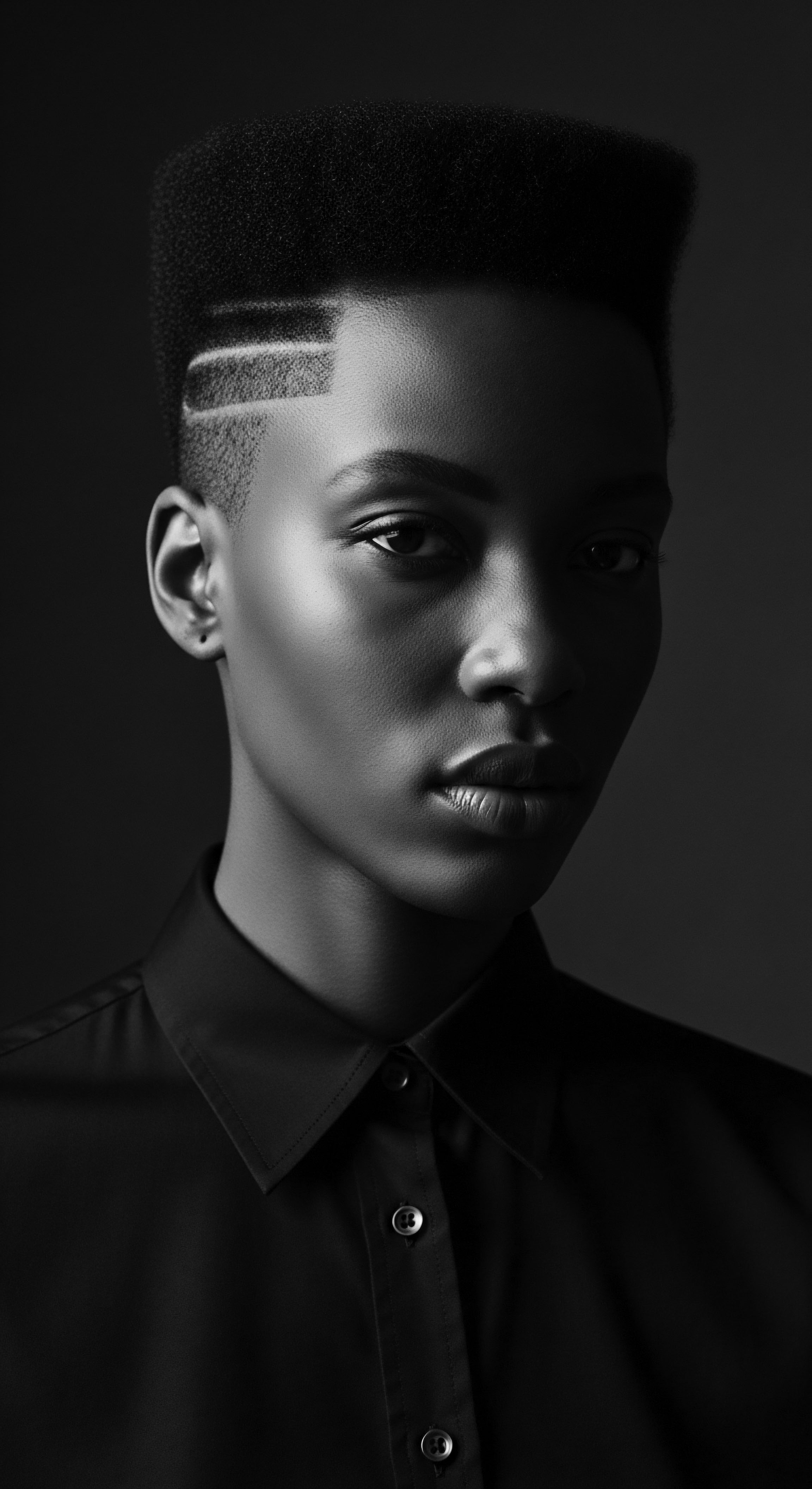
How does wood reduce static on textured hair?
Wood curbs static on textured hair by being a poor electrical conductor, a fact understood through centuries of heritage-rich care.

Hair Static
Meaning ❉ Hair Static describes the electrical charge buildup that makes hair strands repel, deeply tied to historical care practices and hair heritage.

